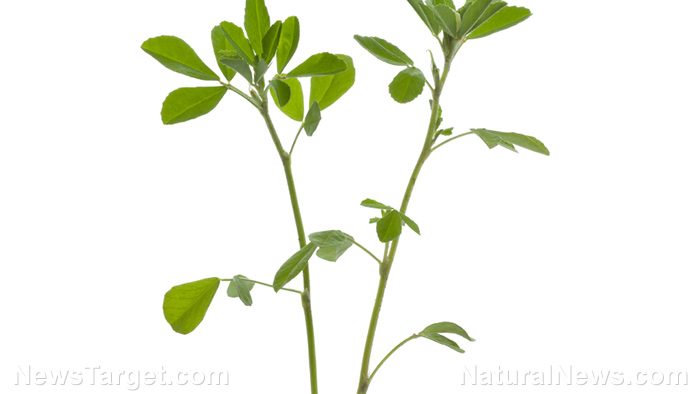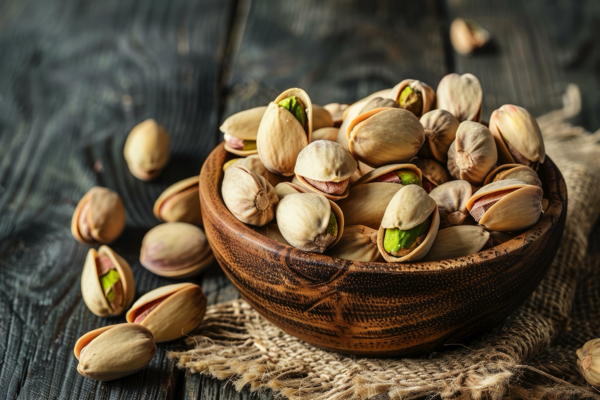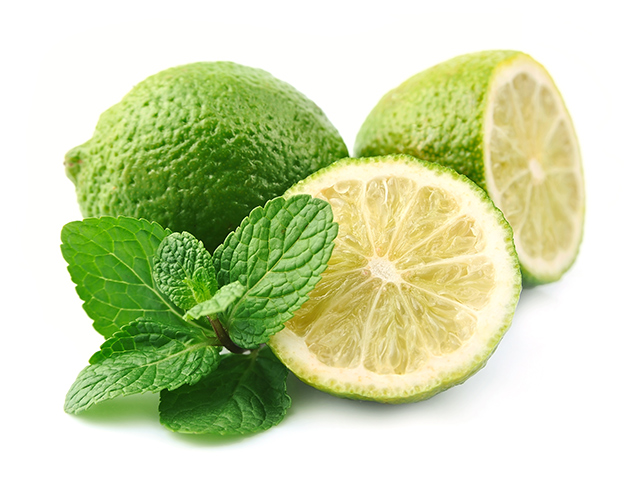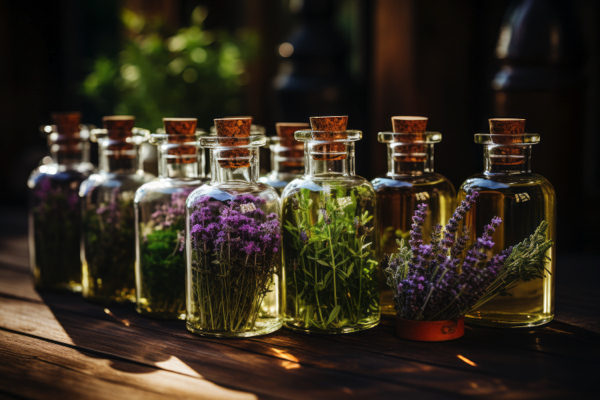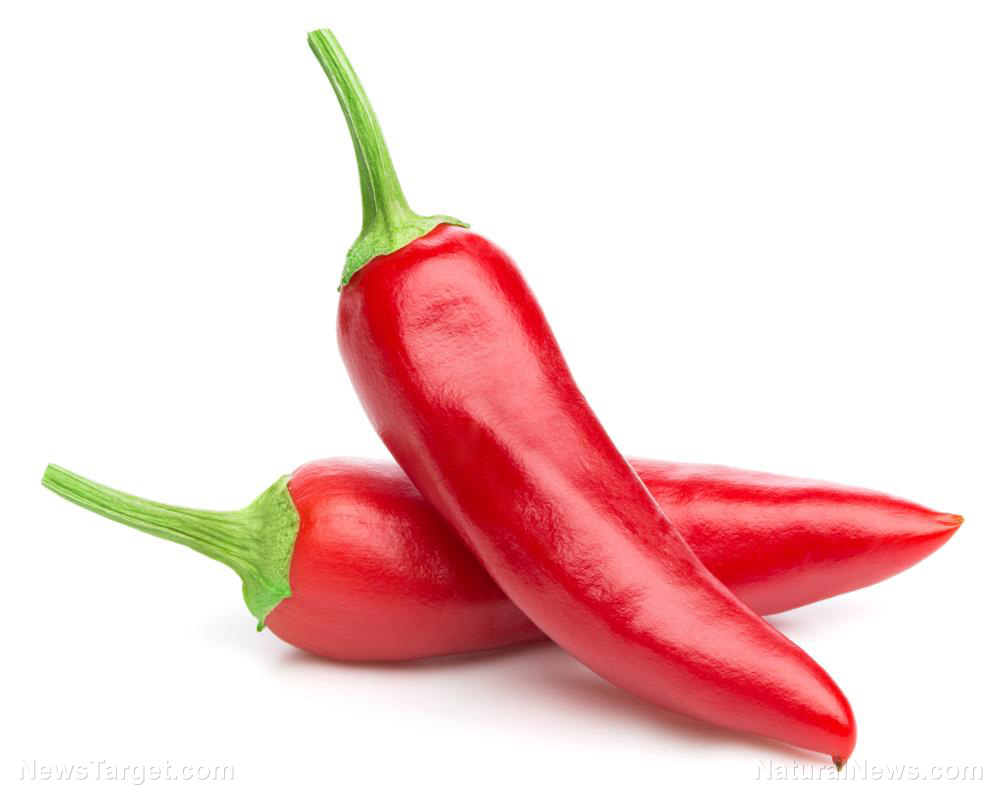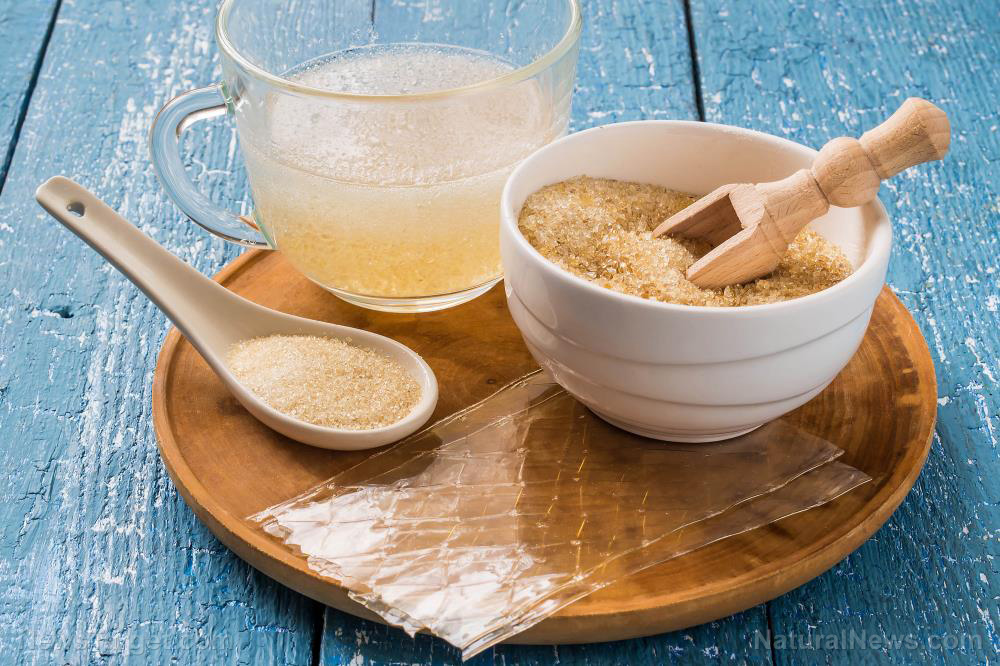Bridging tradition and science: “The Complete Natural Medicine Guide to the 50 Most Common Medicinal Herbs” by Dr. Heather Boon and Michael Smith
07/24/2025 / By Belle Carter
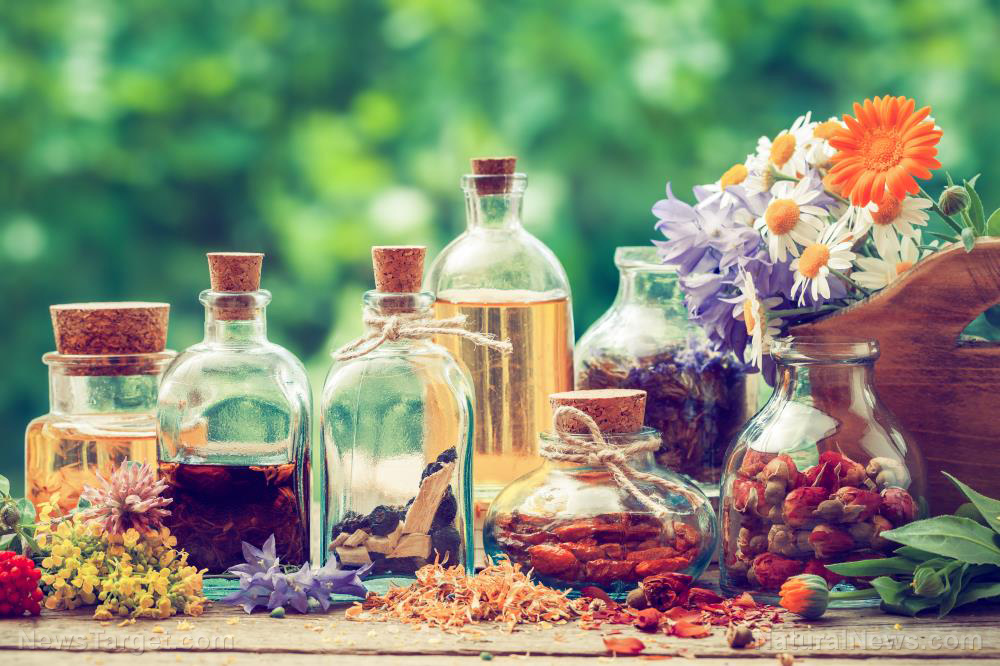
- “The Complete Natural Medicine Guide to the 50 Most Common Medicinal Herbs” is a definitive guide that blends ancient wisdom with modern scientific research, authored by experts Dr. Heather Boon and Michael Smith.
- Dr. Heather Boon, a professor and naturopathic medicine expert at the University of Toronto, and Michael Smith, a skilled medical writer, combine their expertise to make complex scientific concepts accessible to readers.
- The book draws on a wide range of sources, including scientific studies and traditional texts and provides a detailed examination of herbal medicine regulations in Canada and the U.S., emphasizing safety, effectiveness and quality standards.
- The book offers a balanced perspective on herbal medicine, making it an invaluable resource for both experienced herbalists and those new to the field, deepening their understanding of natural medicine.
“The Complete Natural Medicine Guide to the 50 Most Common Medicinal Herbs” emerges as a definitive resource for those seeking to understand the intricate world of herbal medicine. Penned by Dr. Heather Boon and Michael Smith, this book is a meticulously researched compendium that harmonizes centuries-old wisdom with contemporary scientific insights.
The authors are renowned figures in the field of natural medicine. Boon, a professor at the University of Toronto and a leading expert in naturopathic medicine, brings her extensive academic background to the table. Smith, a respected medical writer and educator, complements her expertise with his knack for translating complex scientific concepts into accessible language.
The book draws on a wealth of sources, including scientific studies from databases like MEDLINE and the Complementary Medicine Index, as well as traditional texts from esteemed institutions such as The Canadian College of Naturopathic Medicine. The authors have even gone a step further by incorporating translated articles from various languages, ensuring a comprehensive exploration of the subject. This global approach underscores the universal appeal and applicability of herbal medicine.
One of the book’s key strengths is its detailed examination of the regulations governing herbal medicines in Canada and the United States. In Canada, the Natural Health Products Directorate has established rigorous guidelines for the manufacture, packaging, labeling and sale of herbal products. These regulations are designed to safeguard consumers by ensuring that natural health products are safe, effective and of high quality. The book also emphasizes the importance of Good Manufacturing Practices (GMPs) and the role of site licenses in maintaining product integrity. This regulatory focus provides readers with a clear understanding of the standards that govern the herbal industry.
Among the herbs featured, several stand out for their remarkable properties:
- Alfalfa: The nutrient powerhouse alfalfa, native to the Eastern Mediterranean and the Middle East, is celebrated for its rich nutritional profile. It contains saponins and triterpenoidal glycosides, which have been studied for their potential to lower cholesterol levels. Traditionally used in Chinese and Ayurvedic medicine, alfalfa is now recognized for its ability to support overall health, particularly in managing menopause and menstrual discomfort.
- Aloe Vera: Nature’s healing gel, aloe vera is renowned for its soothing gel, which has been used for centuries to treat wounds, burns and skin irritations. The book discusses its anti-inflammatory and immune-enhancing properties, supported by both traditional use and modern research. However, it also warns against the laxative effects of aloes, the bitter yellow juice found in the leaves, which can cause severe abdominal cramping and other adverse effects.
- Astragalus: The immune booster astragalus, a staple in Traditional Chinese Medicine, is known for its immune-boosting properties. The book highlights its ability to increase stamina, endurance and disease resistance. Research suggests it may be beneficial as an adjunctive therapy for cancer patients, helping to reduce the side effects of chemotherapy and radiation.
- Black Cohosh: Indigenous peoples have used black cohosh for centuries to alleviate rheumatic pains and promote menstrual health. The book explores its ‘hormone-like’ properties and its potential to alleviate symptoms of menopause, premenstrual syndrome and uterine spasm. However, it also cautions against its use during pregnancy and lactation.
- Burdock: The detoxifying herb burdock is known for its detoxifying properties, traditionally used to cleanse the blood and treat skin conditions like acne and eczema. The book discusses its anti-inflammatory and antimicrobial effects, supported by both traditional use and scientific research. However, it also warns against its uterine stimulant properties, making it unsuitable for use during pregnancy.
- Calendula: The soothing flower calendula, with its vibrant orange flowers, is a popular herb in Western herbal medicine. It is used to treat skin conditions, promote wound healing and soothe inflammation. The book highlights its anti-inflammatory and antiviral properties, making it a versatile herb for various external applications.
In conclusion, “The Complete Natural Medicine Guide to the 50 Most Common Medicinal Herbs” is an invaluable resource for anyone interested in the world of herbal medicine. It bridges the gap between traditional knowledge and modern science, providing a balanced perspective on the use of medicinal herbs. Whether you’re a seasoned herbalist or a curious newcomer, this book offers valuable insights and information that will deepen your understanding of natural medicine.
Learn more about the most common medicinal herbs by watching the video below.
This video is from the BrightLearn channel on Brighteon.com.
Sources include:
Submit a correction >>
Tagged Under:
alternative medicine, healing, herbal medicine, Herbs, natural cures, natural medicine, natural remedies, traditional medicine
This article may contain statements that reflect the opinion of the author




